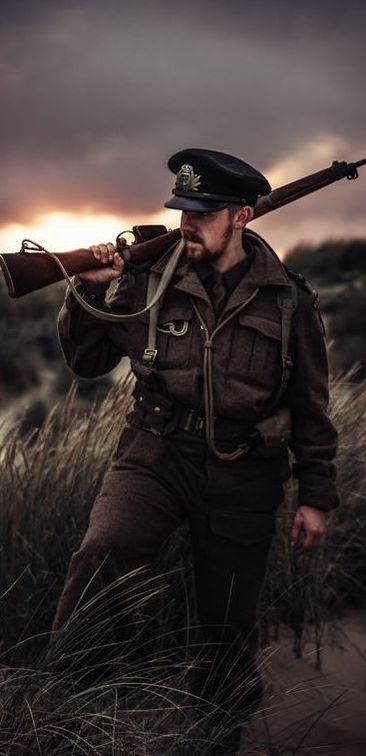Should rifles be allowed in Churches on ANZAC Day?
|
It is recommended that catafalque parties are not used within churches or cathedrals, where possible.
|
On ANZAC Day, Catholic communities may invite armed military personnel into their church or cathedral as part of a traditional ceremonial guard. This can be challenging for some. We are very aware of the violence that is caused by use of guns around the world and we are proud of our local anti-gun laws. On the other hand, we do not want to cause offence on a day that is especially set aside to remember the sacrifice of soldiers who have given their lives in the defence of our country. The following information is provided to assist communities to discern the best course of action.
Church Perspective The Catholic Church has a cultural history of soldiers bearing ceremonial arms within churches and cathedrals. Swiss Guards carry a spear, Knights of Malta wear a sword and, on ANZAC Day, Australian soldiers may carry a rifle. Liturgically, ANZAC Day appears in the Roman Missal as a day of prayer. The prayers reveal the day to be many things: a feast for martyrs who die unselfishly for others, a day where we pray for all souls and a day for prayers for peace. It is also a day where we clearly contemplate our own national identity and our role in peace keeping. Military Perspective The purpose of a catafalque party (ceremonial guard, sometimes called a ‘catafalque watch’) is to show respect during a liturgy, ceremony or service. Commonly seen on ANZAC Day, catafalque parties can also be observed at funerals of distinguished soldiers and citizens. The word ‘catafalque’ refers to the raised platform that a coffin or monument rests on, with the soldiers generally standing at each of the four corners of the platform. During a Mass, the soldiers may stand at the corners of the sanctuary. The stance of the soldiers is important: they stand ‘at rest’ with the rifle pointed at the ground, not in a ‘ready’ position (arms reversed). Their action is ceremonial protection, and, as soldiers, their weapons are integral to that role. These are trained soldiers and the weapons are not loaded with ammunition. The rifles form part of the soldiers’ uniforms when on parade. Ways forward It is recommended that catafalque parties are not used within churches or cathedrals, where possible. Cathedrals and churches are places of peace, the prayers on ANZAC Day particularly claim them to be so. Having rifles in the liturgical space is at odds with the prayers of those who gather. Military personnel can be included in the liturgy as liturgical ministers, where it is appropriate to do so. Alternatively, memorial services that do not include the Eucharist could be moved to the grounds of the church or cathedral. If your community wishes to invite a catafalque party inside the church, the recommended course of action is to speak with your local military group or organisation to decide how best to respond to your particular circumstances. Consider providing information in your parish newsletter about catafalque parties and the steps you are taking to ensure safety. Similarly, notifying your community a couple of weeks beforehand that armed soldiers will be present on ANZAC Day can ensure that people are not surprised or triggered when they enter the Church. James Robinson, Education Officer Liturgy Brisbane RESOURCES: If you do choose to allow soldiers to bear arms, this may be a useful newsletter insert: ANZAC Day appears in the Roman Missal as a Day of Prayer. The words of the liturgy reveal a multitude of purpose: a feast for martyrs who die unselfishly for others, a day where we pray for all souls and a day for prayers for peace. It is also a day where we clearly contemplate our own national identity and our role in peacekeeping. On ANZAC Day, our community will notice an armed guard around the Sanctuary. While this may be uncomfortable for us in a culture that rightfully challenges gun ownership, we are invited to understand this ceremonial guard within a military context. This ‘catafalque party’ is reserved for use by members of the armed forces to show respect during a liturgy, ceremony or service. The stance of the soldiers is important: they stand ‘at rest’ with the rifle pointed at the ground, not in a ‘ready’ position. Their action is ceremonial protection, and, as soldiers, their weapons are integral to that role. These are trained professionals and the weapons are not loaded with ammunition. The rifles form part of the soldiers’ uniforms when on parade. Whilst nothing in the church or during our liturgy requires ‘protection’, the community is invited to see this as it is intended: a significant act of respect that means much to those who serve our country. As our armed service personnel join with us to pray for peace, we welcome them into our community and are thankful to them for their contribution to our liturgy. |

